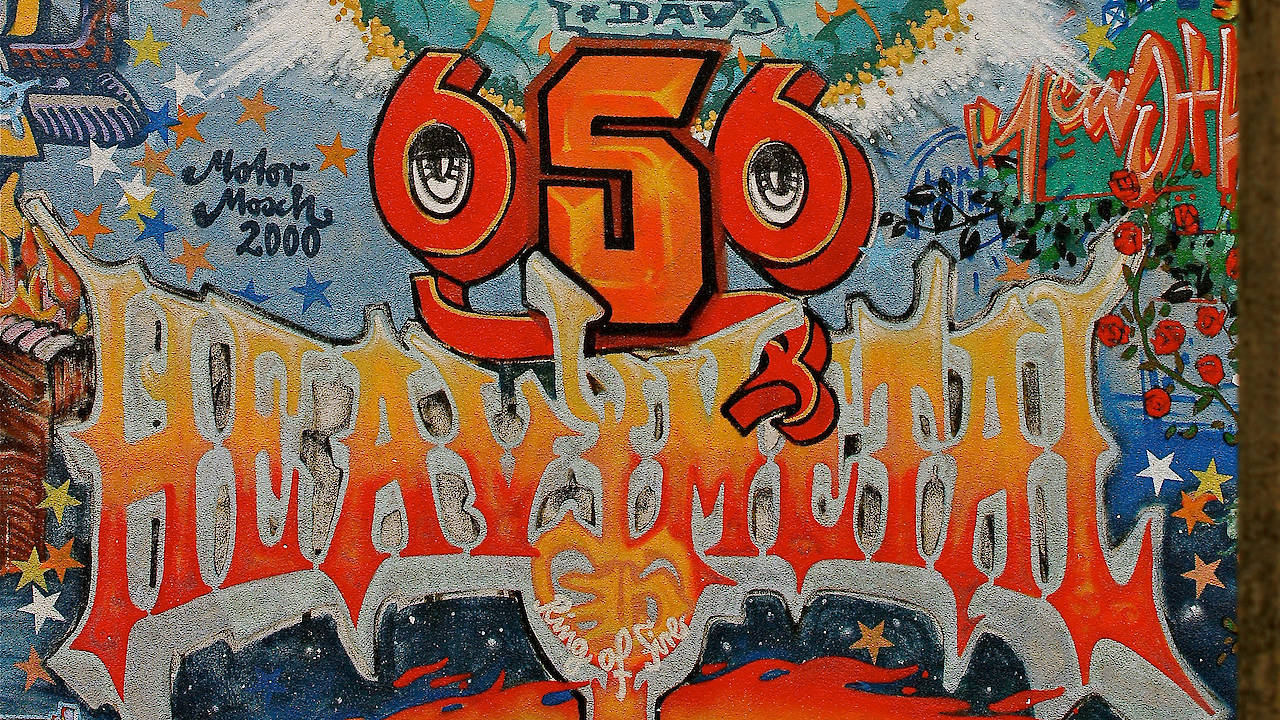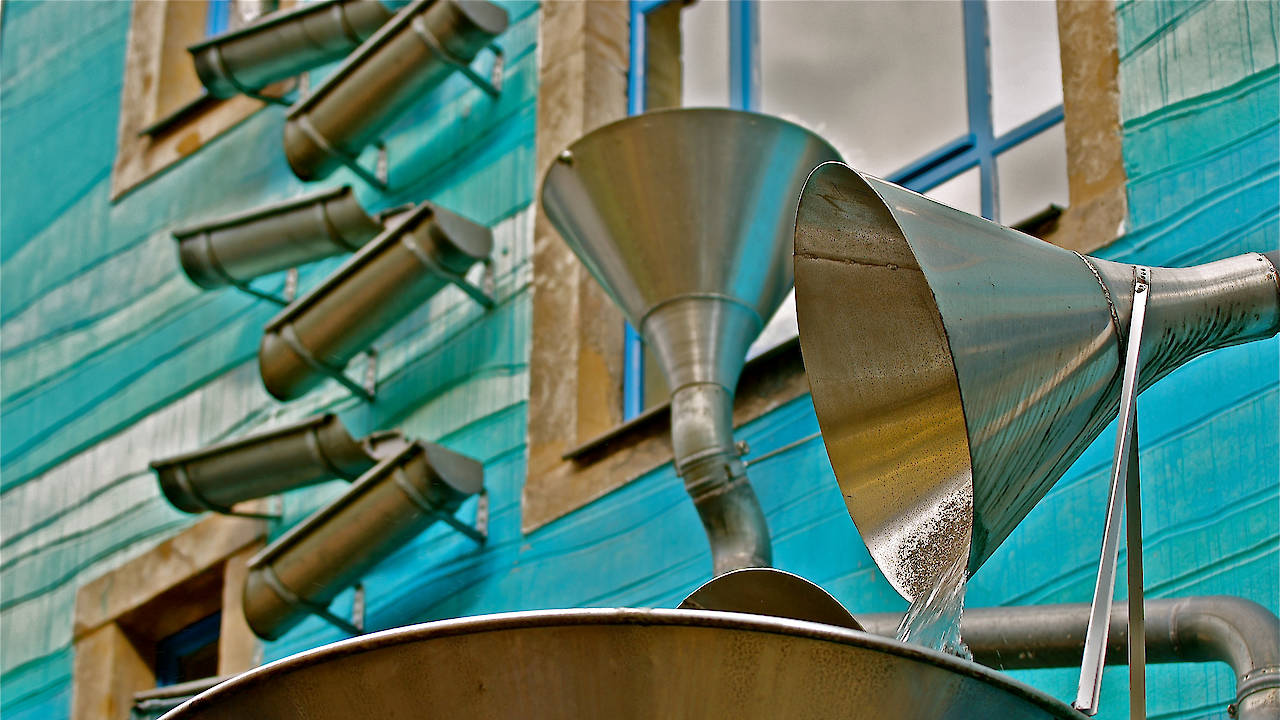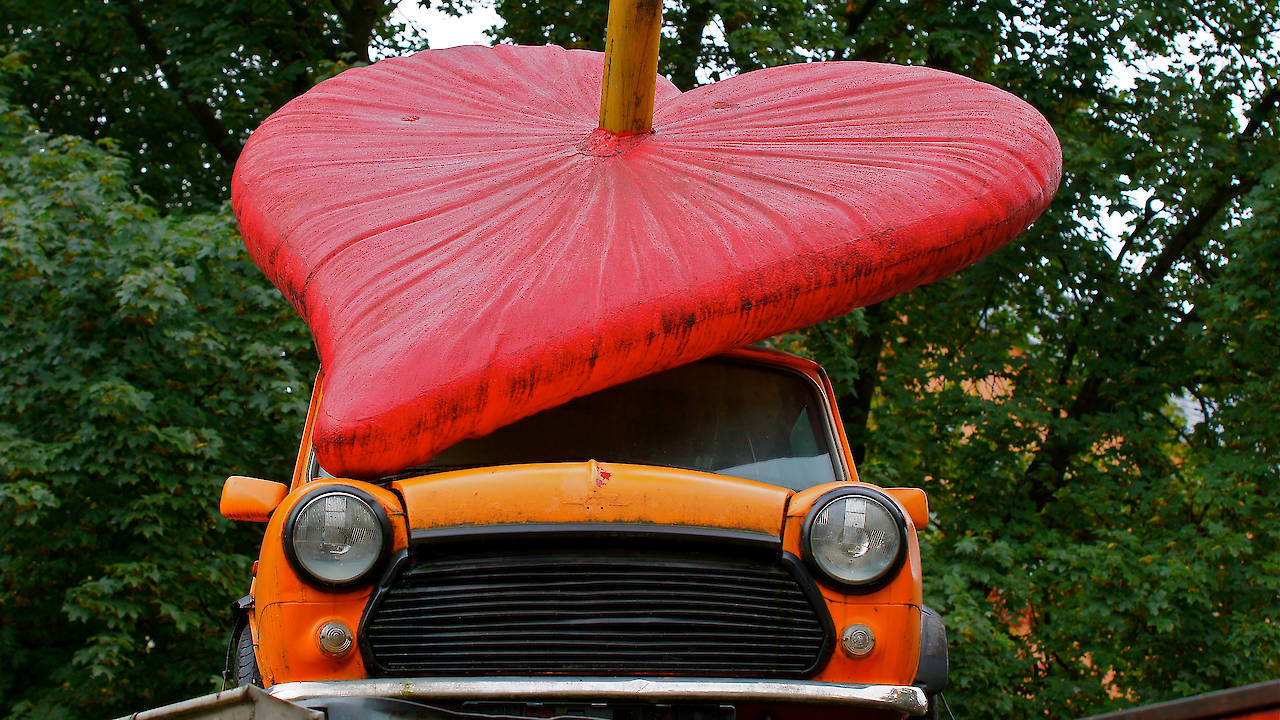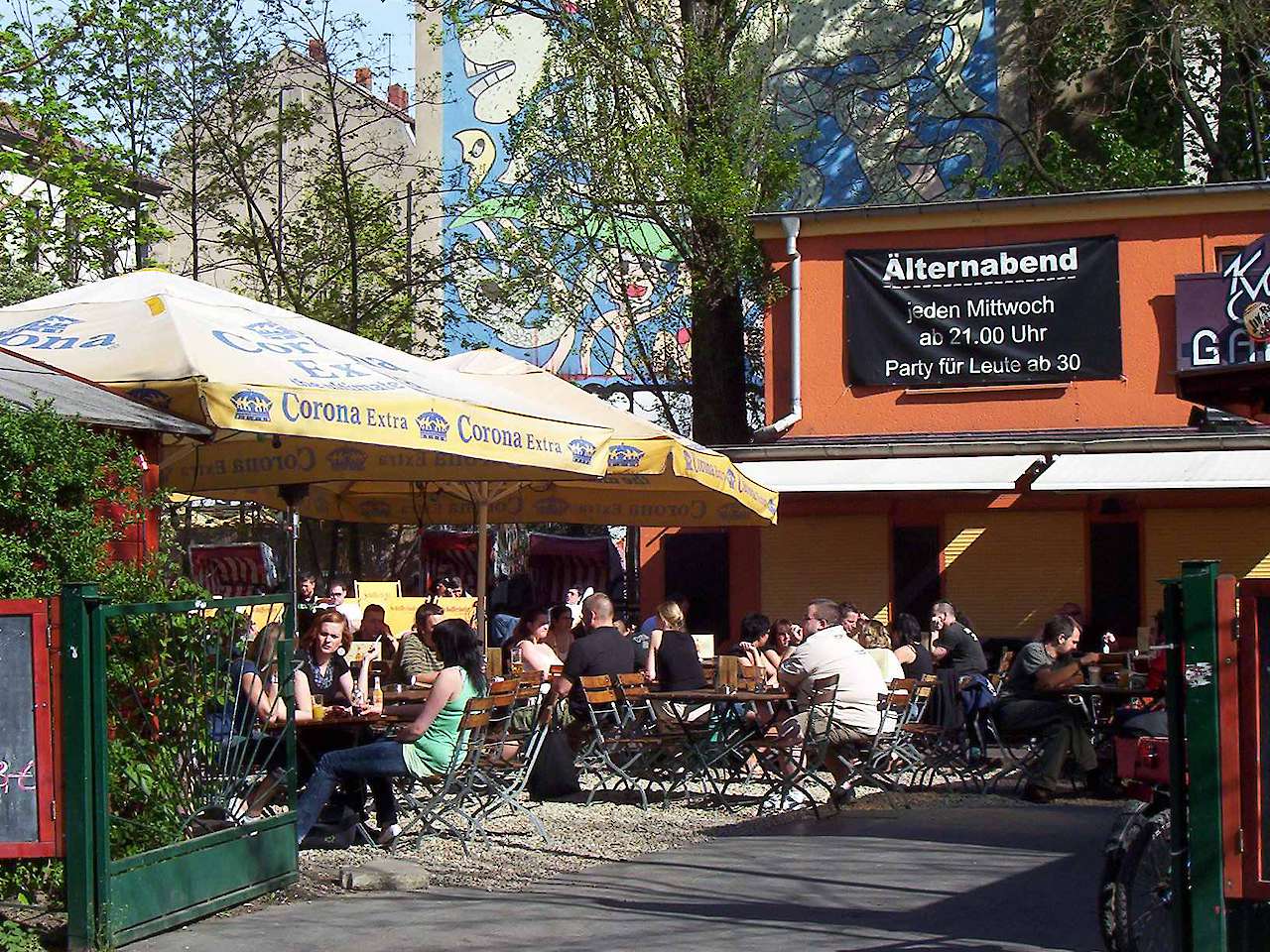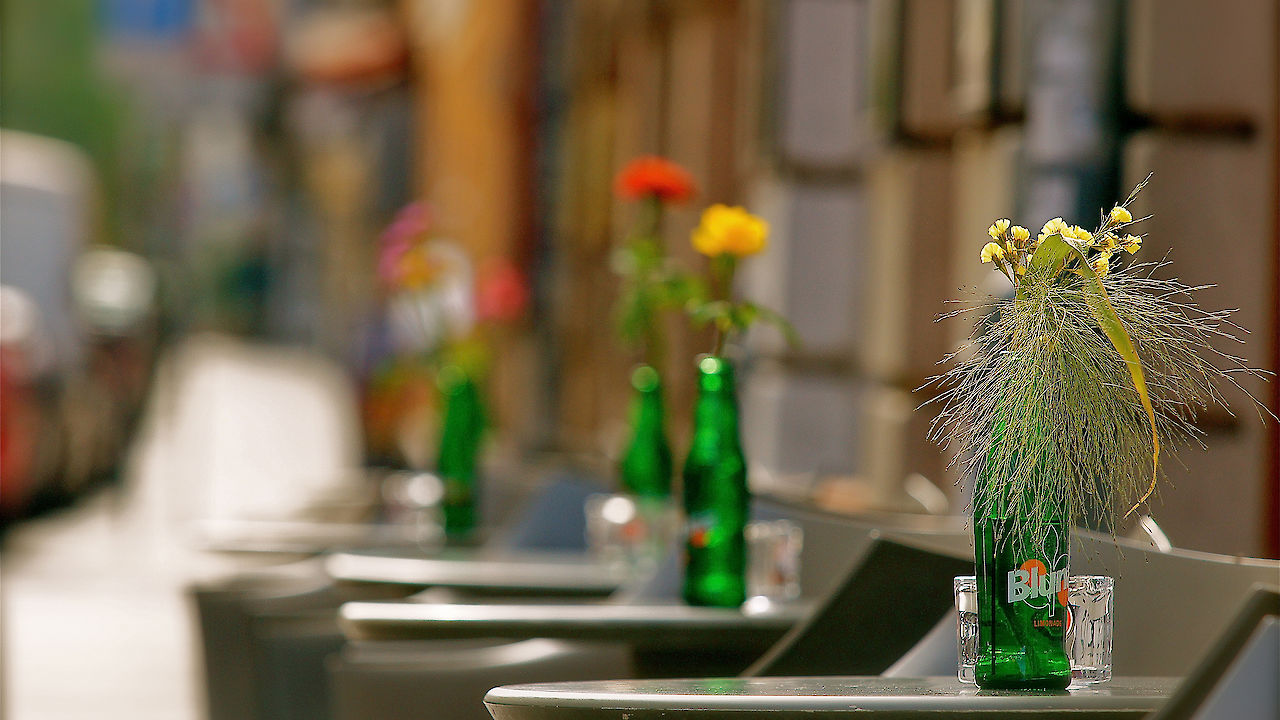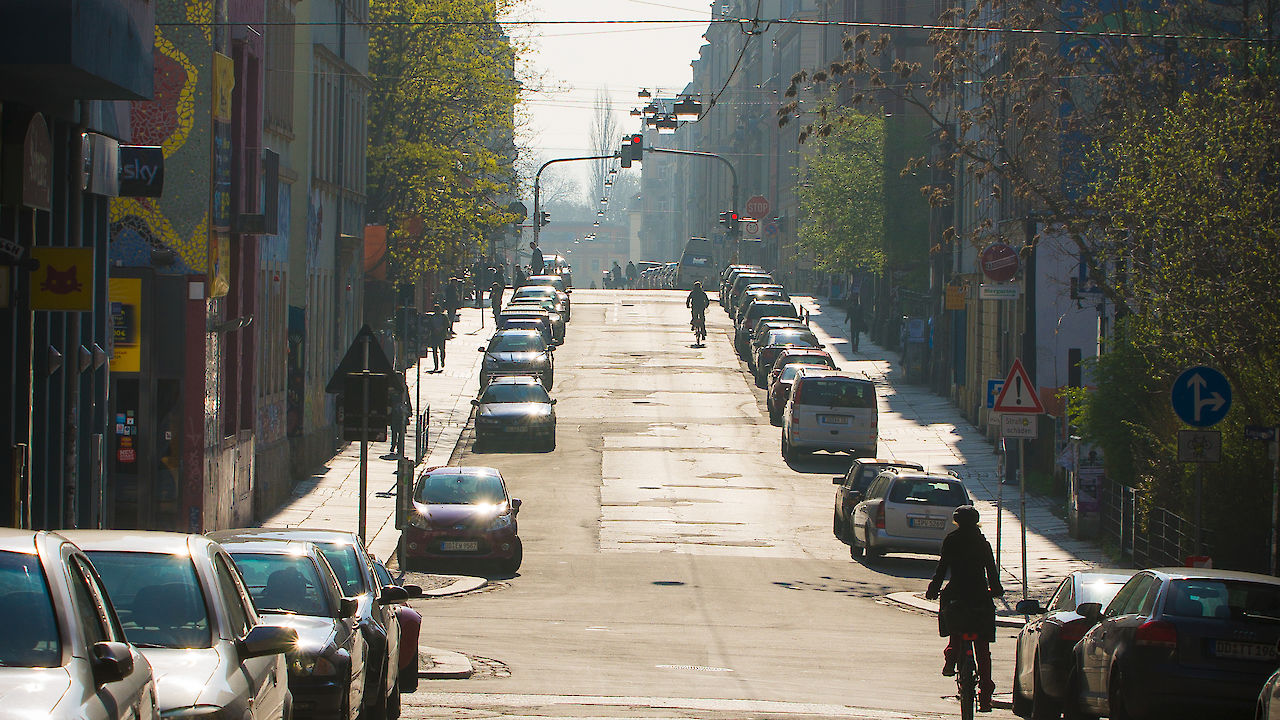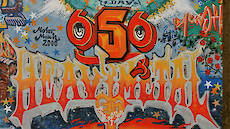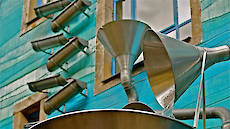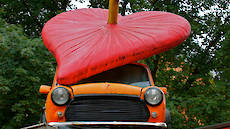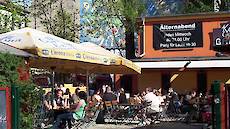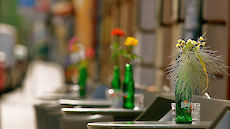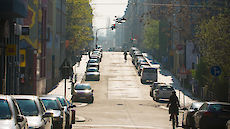Book now with best price guarantee

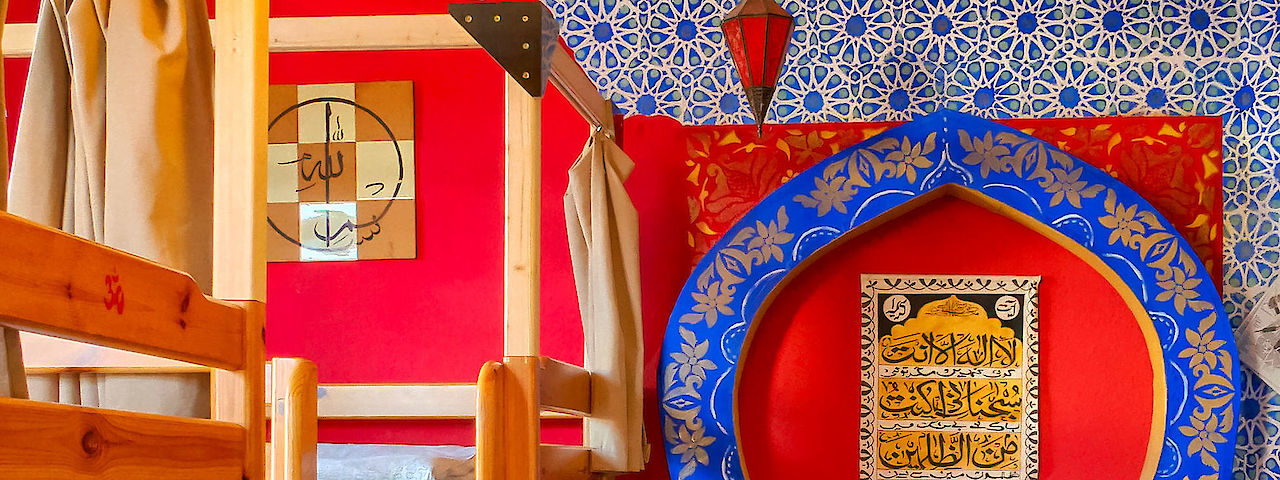
The "Neustadt", Europe's biggest Wilhelminian style quarter
The New Town (or Neustadt) is the cultural heart of Dresden. Here, you will find endless pubs, restaurants, event venues and colourful and expressive street art. Residents are hippy, social and prefer an alternative, relaxed lifestyle. In the summer, residents will chill on the streets, or in Alaunpark, with a beer and chat with friends and neighbours. The New Town hosts a variety of characters, and is the melting pot of progressive ideas, philosophy, parties and unique celebrations.
The New Town is older than the Old Town? WHAT? That's right. 90% of the buildings that are standing in the New Town today survived the bombings of Dresden and are quite old, originating from the turn of the 20th century. This means, we are situated in the largest Wilhelminian styled districts in Europe! It can be confusing, but we are situated in one of the oldest parts of Dresden!
The New Town during the GDR? Well, it certainly was different. Very few apartments had their own baths and sometimes several apartments shared 1 toilet found on the streets, and burning coal was the heating source of the day. Quite different to the modern standards. The New Town's lack of social and phyisical welfare, however, somehow created a space for marginalised individuals, who had issues with the GDR regime, to flourish; many young students moved to the area and illegally squated in empty flats and from these colourful identity for the New Town was born: die Bunte Neustadt (the colourful New Town).
The "Wende" had a significant effect on nearly all of the inhabitants of the Neustadt. The fall of the Berlin wall represented a new beginning for East Germany, and certainly for the Neustadt inhabitants, this represented more than just political change, but also the rise of utopia and a collectively borne feeling: we are strong and can achieve something, anything is possible! This hope and, what is apparent in retrospect, this illusion, released a formidable energy.
The year 1990 can be seen as the pivotal year for the ensuing developments of the Neustadt. Never before, and never again, has there been such a widespread feeling of freedom. Projects, pubs and initiatives bloomed everywhere. There was nobody there to weed it out any more. This absence of any authority was savoured to the utmost.
The Neustadt exudes a certain allure to investors due to prime location and charming old construction. In 1991 the Neustadt became an official area for redevelopment. Since then it has been transformed from grey dreariness into a popular residential neighborhood due to its central location and solid construction.
This resulted in the decline of squats, illegal lodgers and pubs and a rise in anti-graffiti campaigns; a diversity of pubs, that is unparalleled in Germany; and little elegant and expensive clothes shops, etc.
Whoever decides to stay with us should be aware, that this neighborhood is the liveliest in Dresden. That means that on the one hand, all kind of pubs and possible entertainment are just outside our door. On the other hand, that means that at night, a certain amount of noise level toleration may be required, because people in pubs and out on the street do not like to whisper.
Click here for directions.
Click here to find out more about the Neustadt area, about Dresden generally or about trips to the surroundings.









